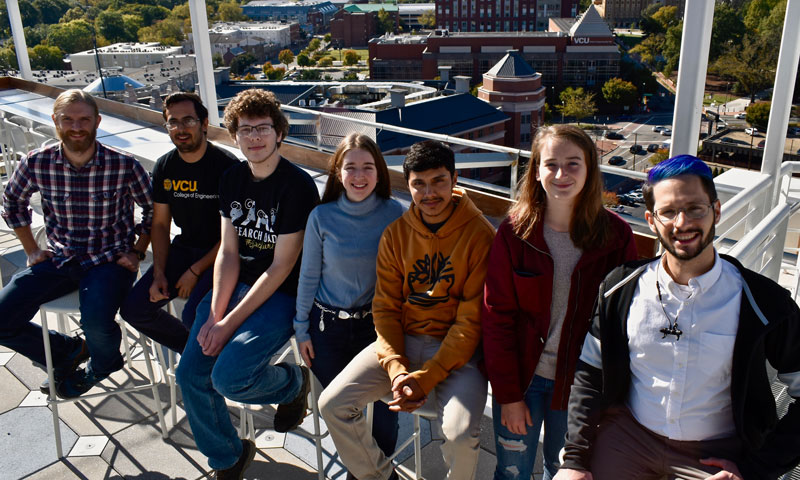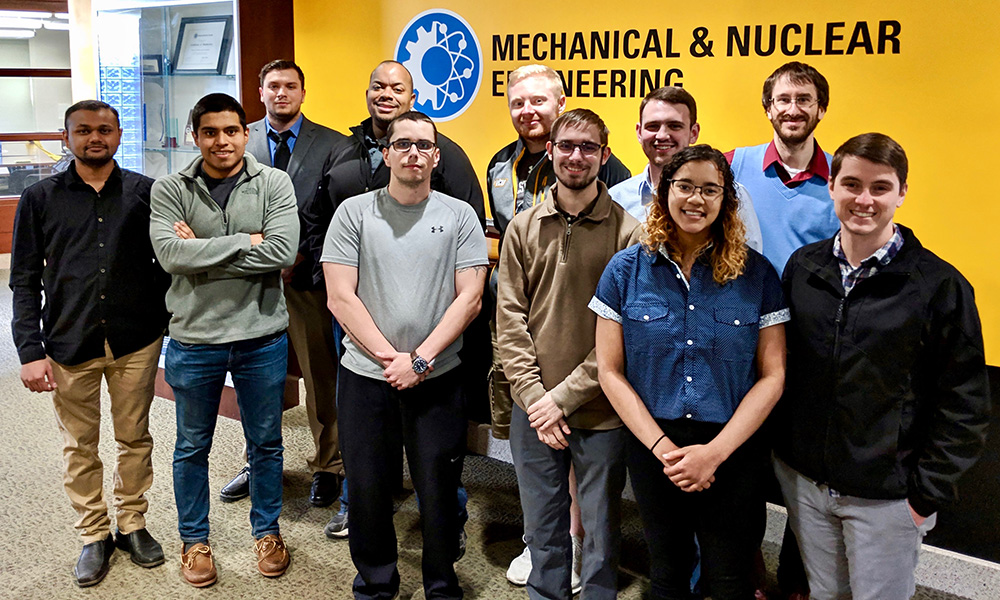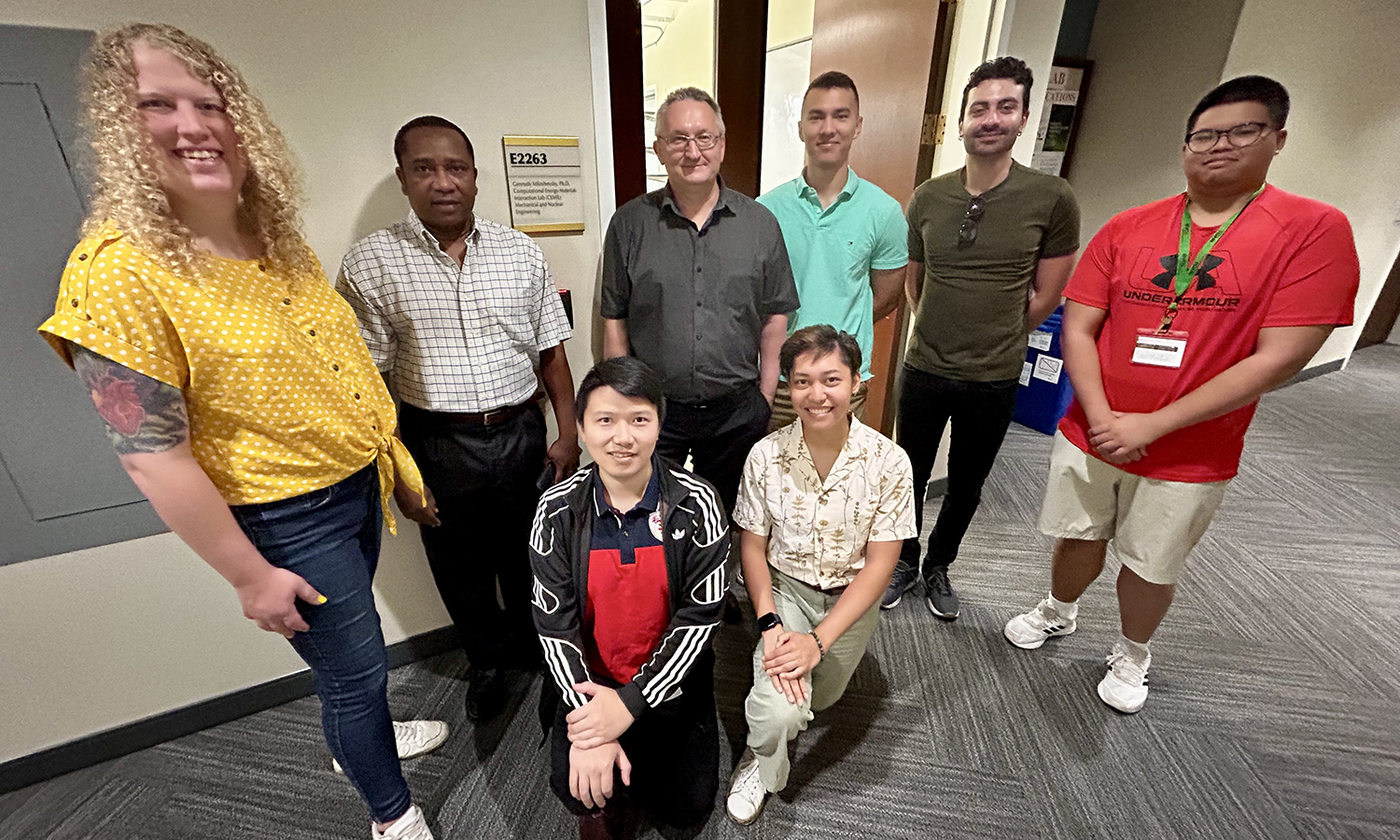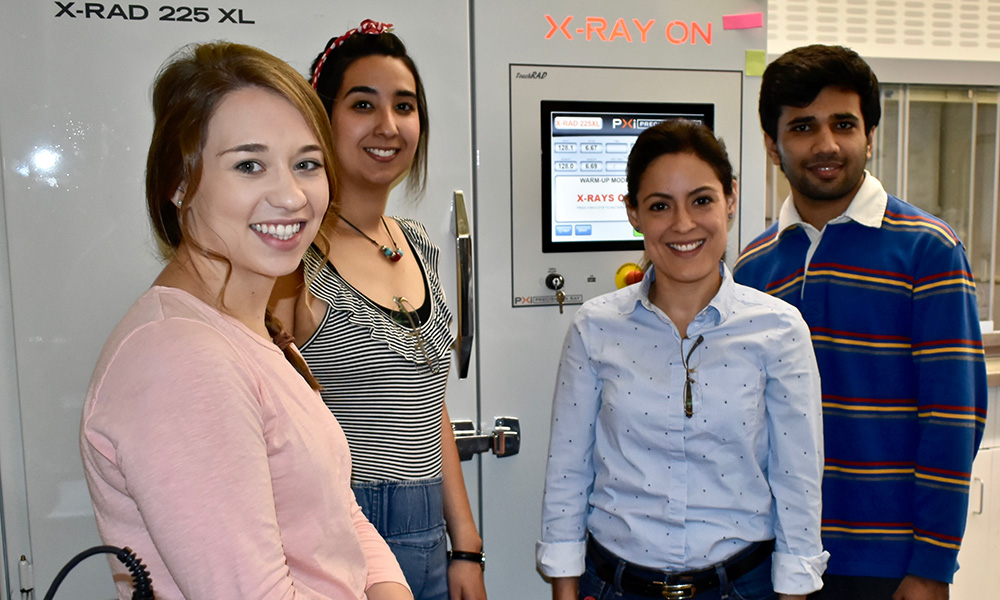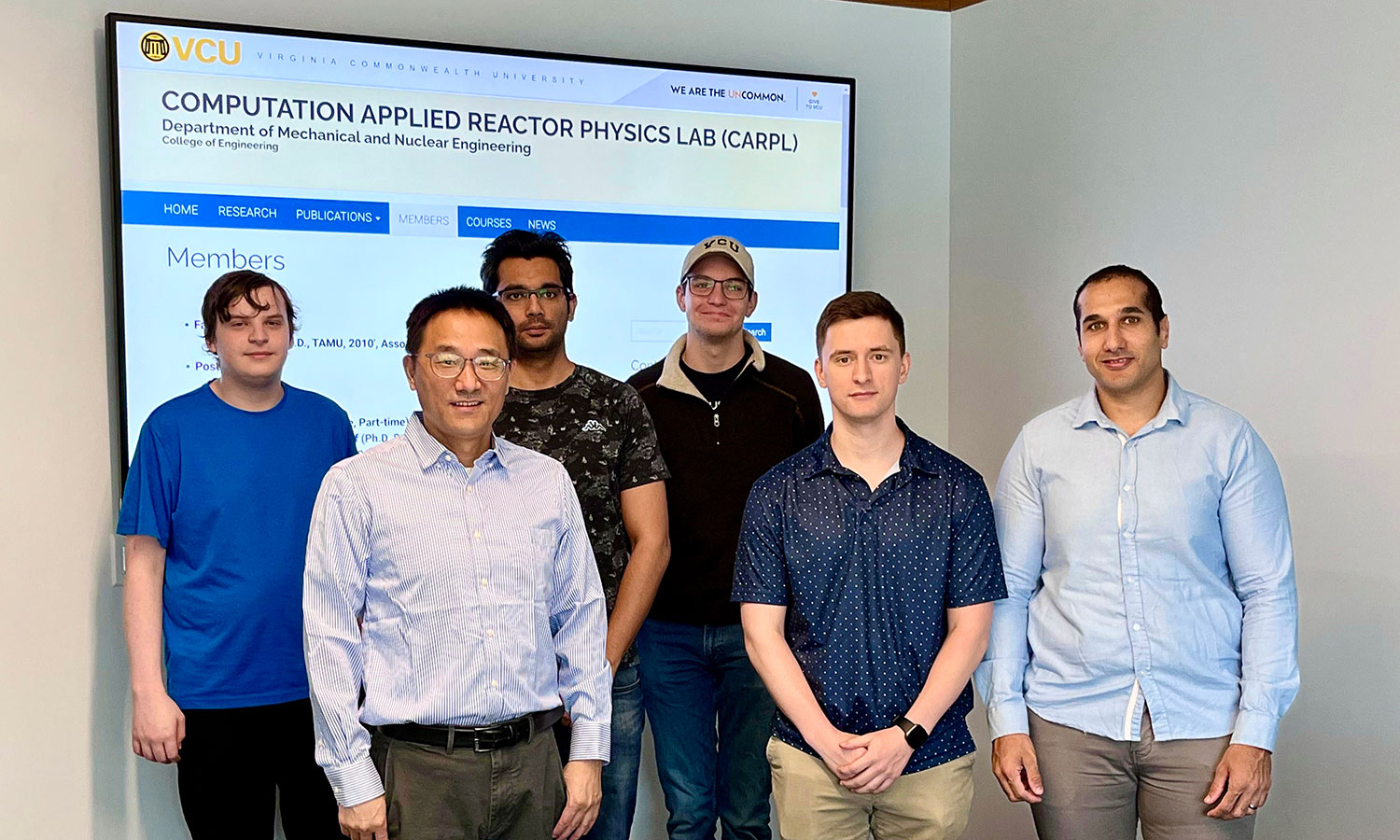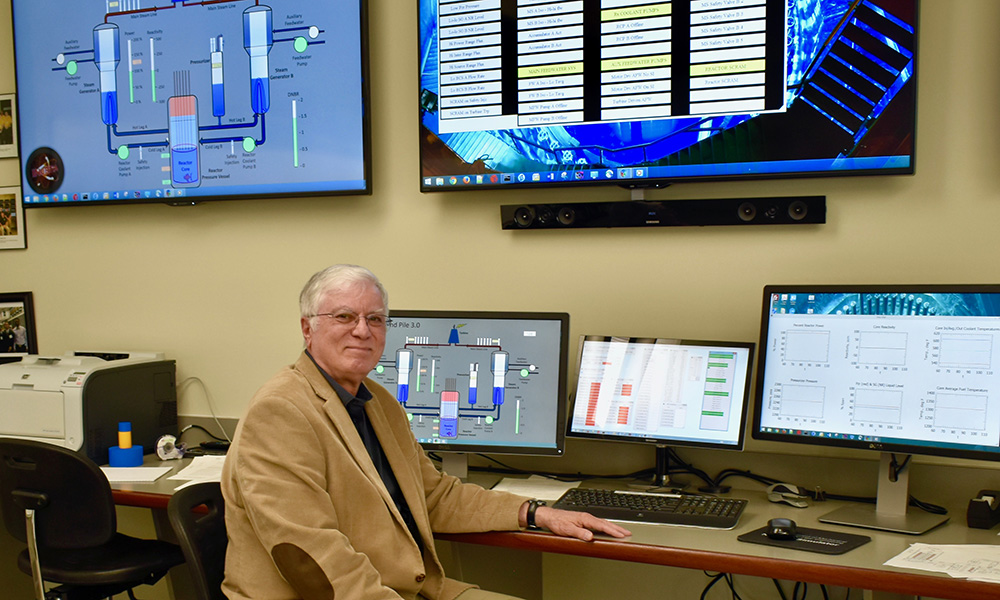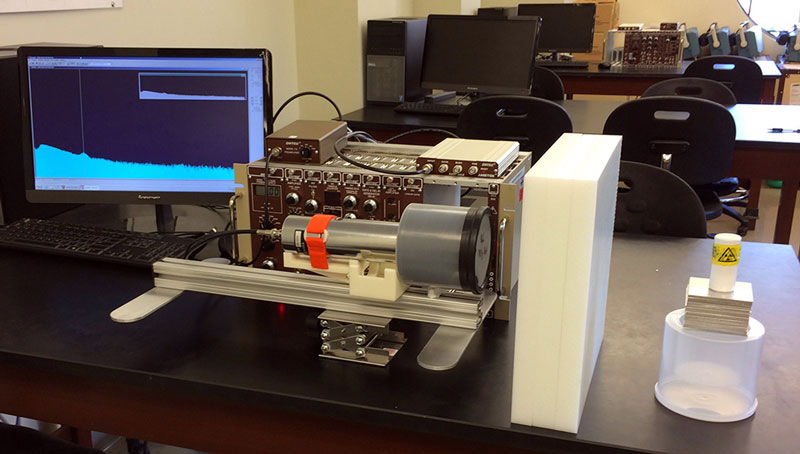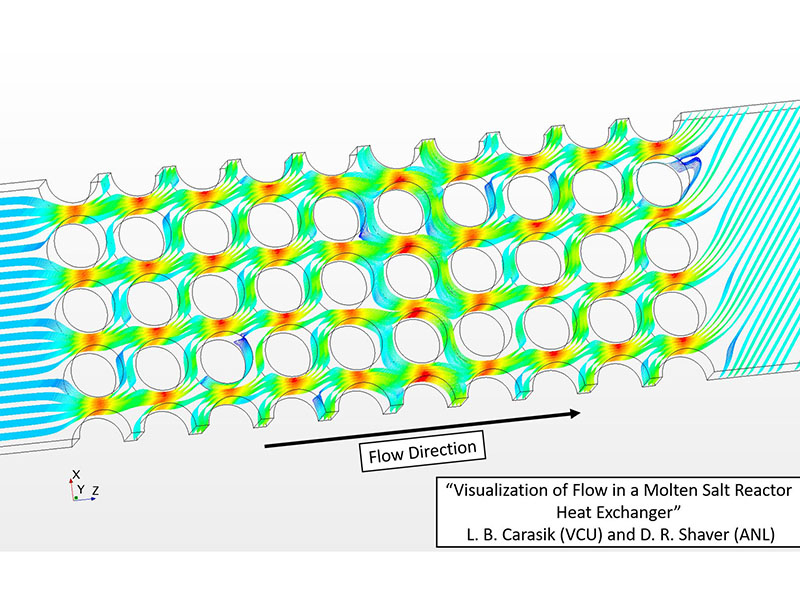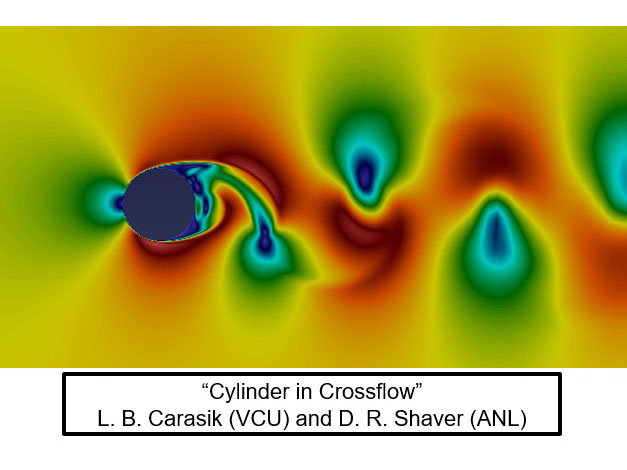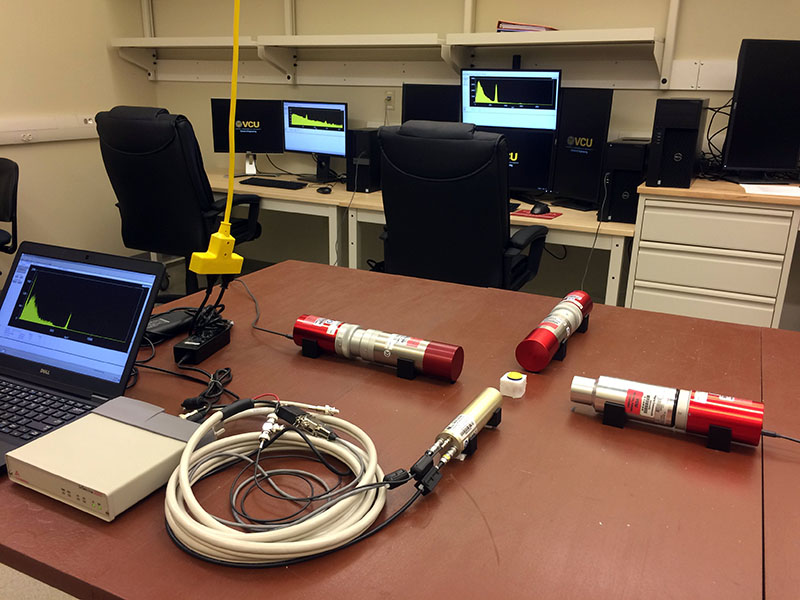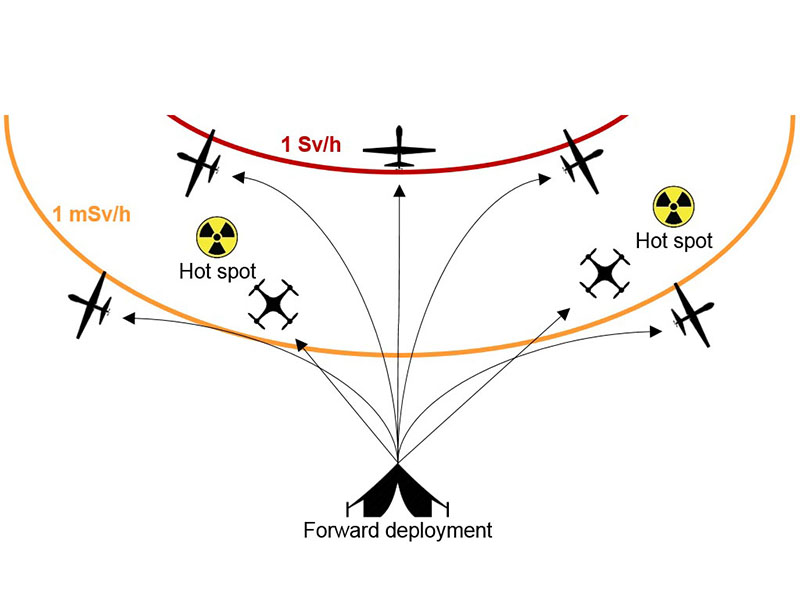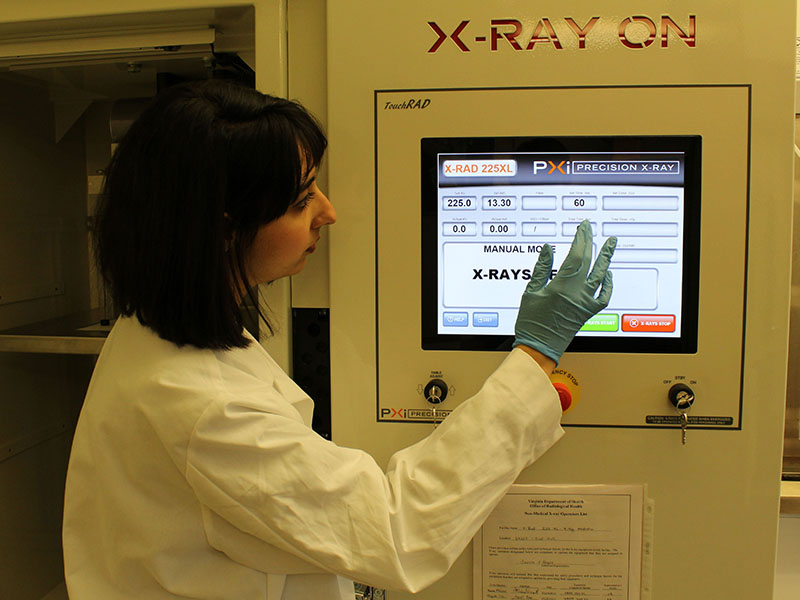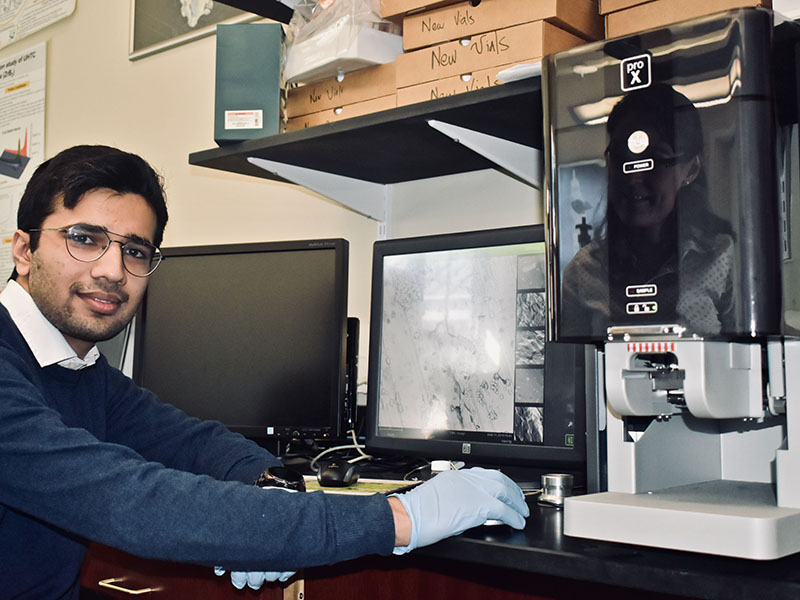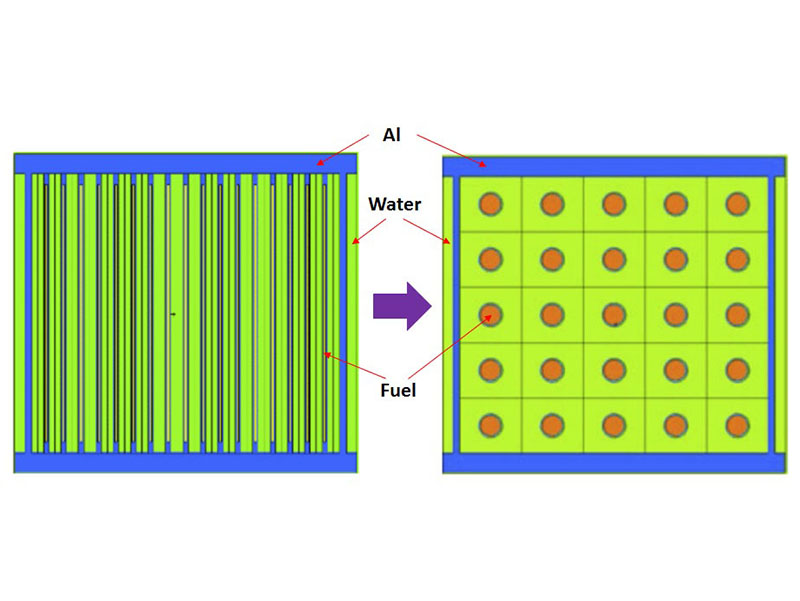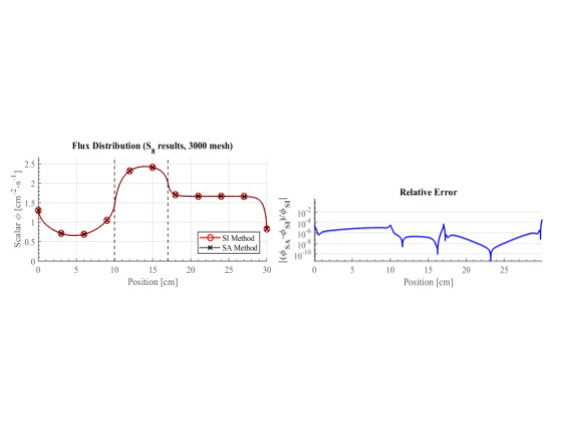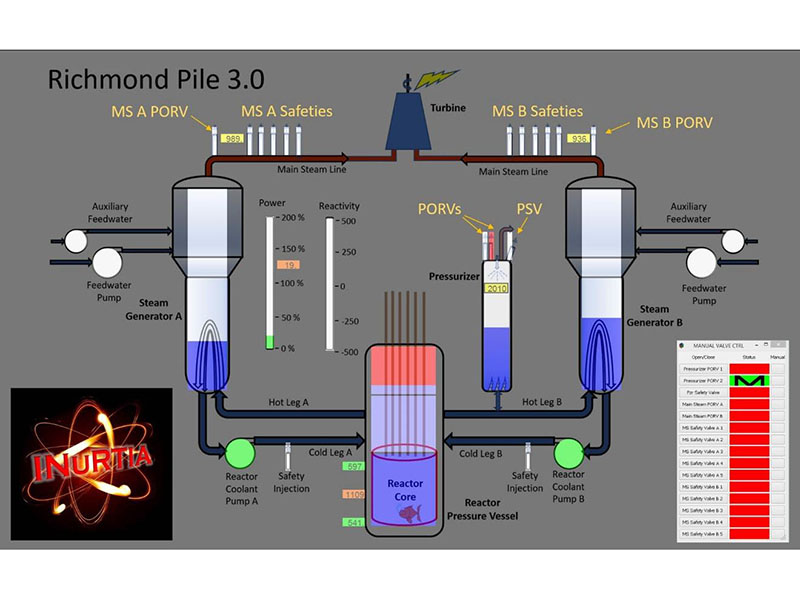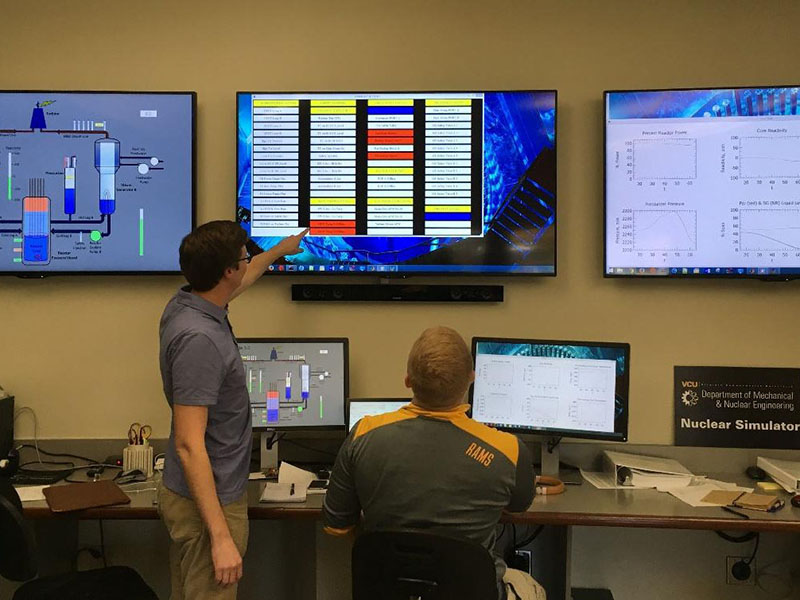The Computational Energy-Material-Interaction Laboratory (CEMIL) focuses on the interaction of intense energy fluxes such as radiation, plasma, particle and laser beams with materials and prediction of material behavior and properties under extreme pressures and temperatures. The research areas include modeling of thermodynamic, optical, and electrical properties of Warm Dense Plasmas; computational studies of the internal charging of dielectric and insulating materials of a spacecraft under the impact of Jovian electrons and photons (Europa Lander project); modeling of ultrafast laser-material interactions at an atomic level, nature and behavior of materials in a highly non-equilibrium state; and theoretical analysis and computational modeling of macroscopic melt splashes and losses from metallic divertor plates and wall materials in fusion devices such as ITER.
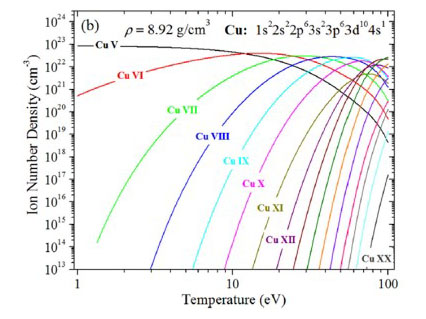
Calculated ion composition of solid-density warm dense Cu plasma as a function of temperature.
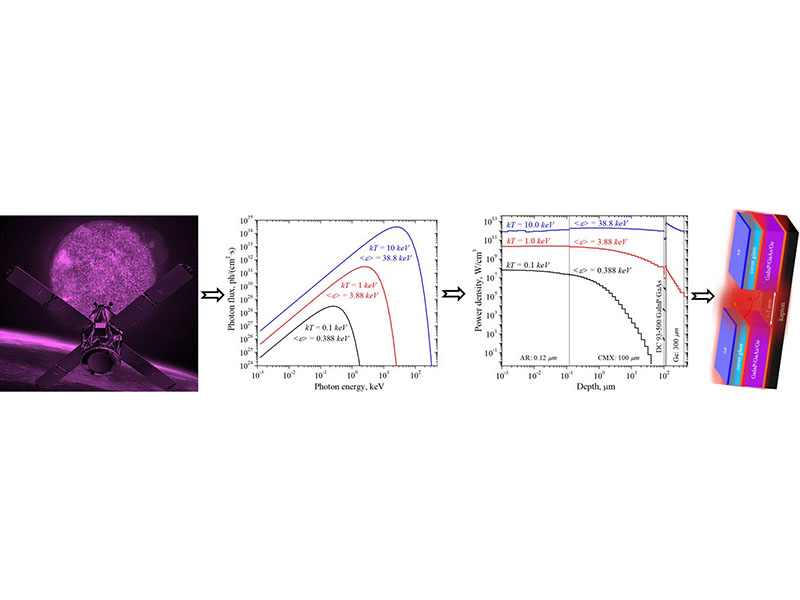
WDP generated by cold X-rays on satellite’s solar cells from exo-atmospheric nuclear blast.
